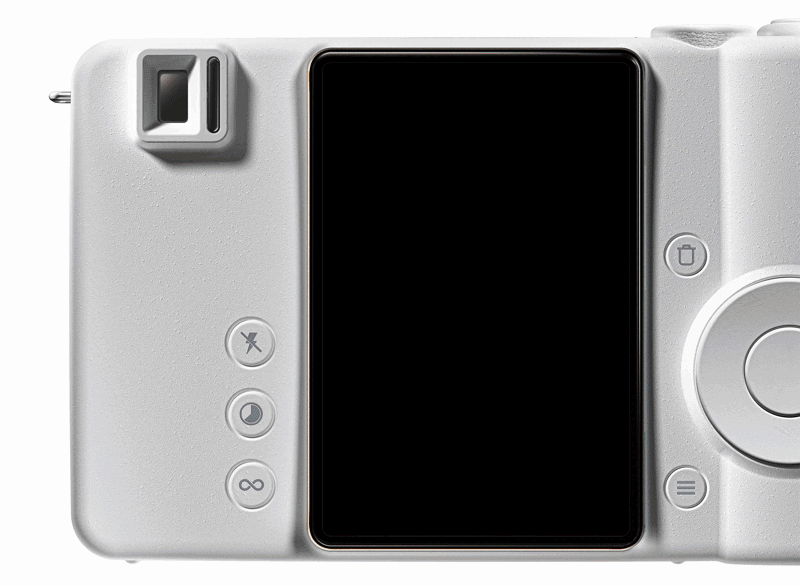Concept Brings Weird Analog Quadrascopic Camera into Digital Age
![]()
A new camera design takes inspiration from an unusual, short-lived analog camera type in the 1980s to create a thoroughly modern image-making device. The camera concept, which looks remarkably real and was made by industrial designer Olga Orel, delivers a digital re-imagining of vintage quadrascopic cameras.
Despite the extremely high quality of Orel’s concepts and designs, this is her first crack at a camera. She has previously designed headphones and a pet carrier.
![]()
![]()
![]()
Orel explains that she took inspiration from older cameras like the Nishika N8000 (which YouTuber Josh Hodgman details below), Nimslo, and similar stereographic devices from various companies. These cameras were quadrascopic (meaning they had four lenses) and produced four half-framed images from a single shutter release. Then users could turn those into lenticular prints, or 3D photographs with an illusion of depth. However, since this was during the film era, prints could take weeks or even months to arrive, which limited how much the technique caught on.
“Is it possible to find a place for old technologies in the modern world?” Orel asks in her post. She points out that using a film camera requires specific skills as well as money since not all frames will turn out.

Orel’s Moment 3D Digital Camera concept aims to create a digital version of those analog cameras, making the style more approachable and accessible. Like the retro cameras, the Moment 3D Digital Camera features four lenses to create a three-dimensional image comprised of multiple frames with a single shutter press. But, thanks to the digital process, the results would be instant. They also take the form of GIFs, as opposed to a print that requires moving side to side to get the full effect.
The quadrascopic design produces four frames at slightly different angles. An internal processor combines the four images into one and then displays the shot on the camera’s rear touchscreen. According to Orel, the goal is to simulate human binocular vision.
![]()
![]()
![]()
The camera’s design is sleek, minimal, and modern, though with nods to the cameras of the 80s. It features a rear touchscreen in a vertical orientation. Orel specifies that the camera only takes vertical images, as they are meant for sharing on social media and viewing on phones.
A viewfinder activates when the eye sensor detects your eye or another object near it. Playback mode turns off the viewfinder. Orel says that all physical buttons were based on what most users rely on, including an ON/OFF switch, shutter button, shooting mode dial, and zoom wheel. The back of the camera offers a flash-suppressing, self-timer, and sync button on one side. The other side features delete and menu buttons with a controller.
![]()
![]()
![]()
While Orel, an industrial designer, does not have the means to create a finished product like this, some builders have experimented with digital quadrascopic cameras, including a Raspberri Pi-powered version by Evan Poliquin.
While Poliquin’s real-world camera has a few quirks, it is an incredible achievement and demonstrates that something like Orel’s beautiful concept could become reality. More of her work is available on Instagram and Behance.
Image credits: Olga Orel